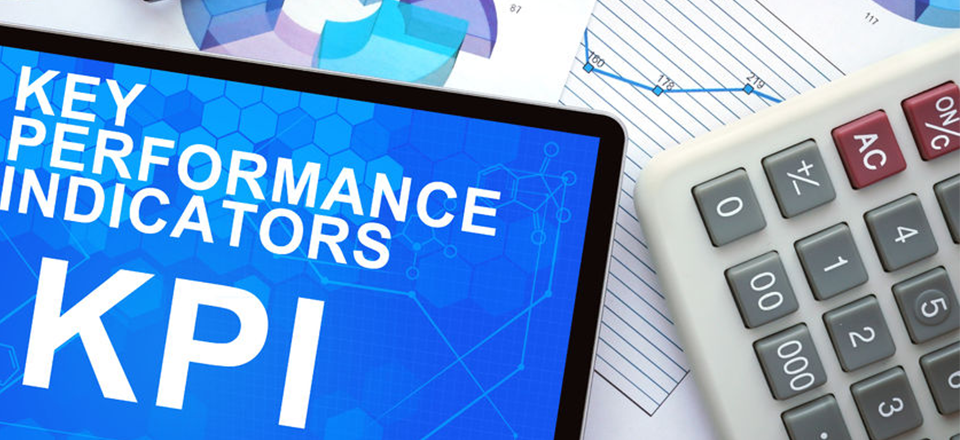Will you be reviewing your supply chain and logistics KPIs in 2017? As another new year rolls around, the importance of supply chain performance as a competitive weapon continues to gain recognition, and many companies will take a look at the relevance and efficacy of their logistics performance KPIs.
If your enterprise is ready to revamp performance measures, it’s worth taking a long hard look at just what separates the meaningful from the meaningless among supply chain and logistics metrics.
Meaningful Performance KPIs: Here’s What They Should Look Like
If you want your logistics performance KPIs to support effective decision-making, be sure to look for the following four features in KPI selection, or build them into design.
1. Tailored to a Specific Audience
In order to be meaningful, KPIs must be relevant to the people who can improve performance. Relevance can be evaluated by applying some specific criteria, easily remembered using the acronym IPA. This stands for:
I = Important: the KPI should matter to the audience.
P = Potential for improvement: the KPI should show a performance aspect in which improvement is realistically possible.
A = Authority: the audience should have the authority to make improvements to what is being measured.
It follows then, that you might need to develop different KPIs for different audiences. At first glance, this might seem to promote undue complexity but … KPIs should be understandable and applicable to everybody in your department, function, or company.
Therefore you will want KPIs that are relevant to managers, workforce teams, and individual members of the workforce. Attempting a one-size-fits-all approach can often lead to alienation of some stakeholders, those for example, who are unable to understand or affect the KPI performance.
2. Easy to Calculate
A logistics performance measurement is just that … a measurement. KPI preparation should not be a job in and of itself. If your KPIs require people to take time out from productive activities to gather necessary data and then calculate the metrics using spreadsheets, they are too complex.
Keeping metrics simple though, is probably one of the biggest challenges in KPI development today. Fortunately, business intelligence applications make it possible to quickly process complex data sets, calculate measurements, and present KPIs in an easy-to-understand format.
In short, if you can’t develop KPIs that are simple to calculate, you should invest in the right software technology to do the legwork.
3. Influential to Desired Behaviour
Try to make sure that your logistics performance KPIs encourage the right behaviours. Again, this feature must be applied to relevant audiences in your organisation.
Watch out for KPIs which encourage specific behaviour in one area at the expense of productivity, efficiency, quality, or cost elsewhere.
Of course you may have to live with some tradeoffs, but these should be carefully considered for acceptability.
4. Objectivity
Regardless of how many logistics performance KPIs you make use of, they should all be quantitative and derived from real data. Subjective KPIs might be perfectly fine for measuring customer experience or employee engagement, but they have no place in logistics performance management.
Meaningful Measurements Matter
Logistics performance, and its contribution to supply chain excellence, has never been more important. While you can’t improve what you don’t measure, you also can’t improve what you don’t measure meaningfully.
As 2017 gets under way, now might be a good time to review your logistics performance KPIs.
If your KPIs incorporate the four features described in this post, you can be sure you have some meaningful measurements in place—measurements that will support your team in making the right decisions, and will drive logistics performance in the right direction.

